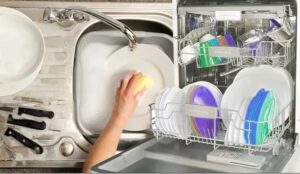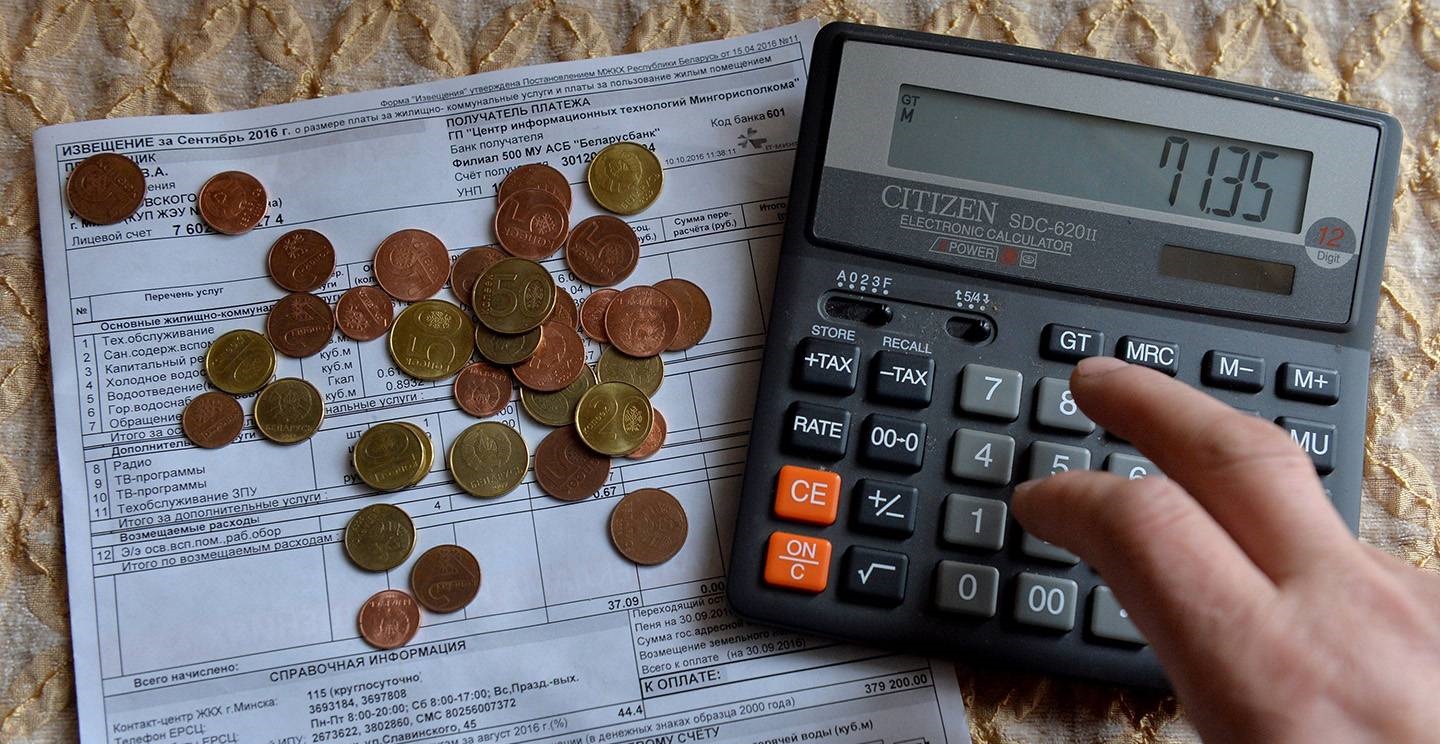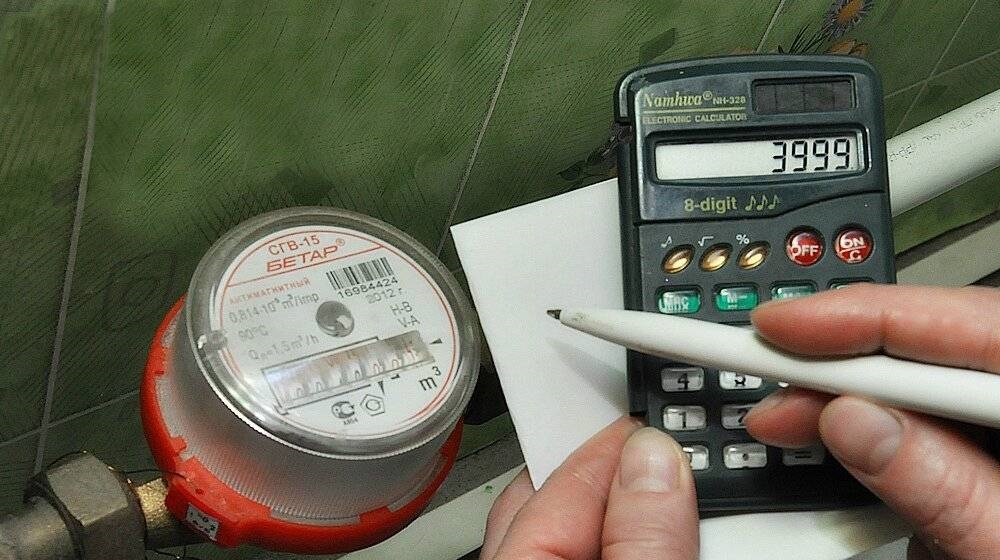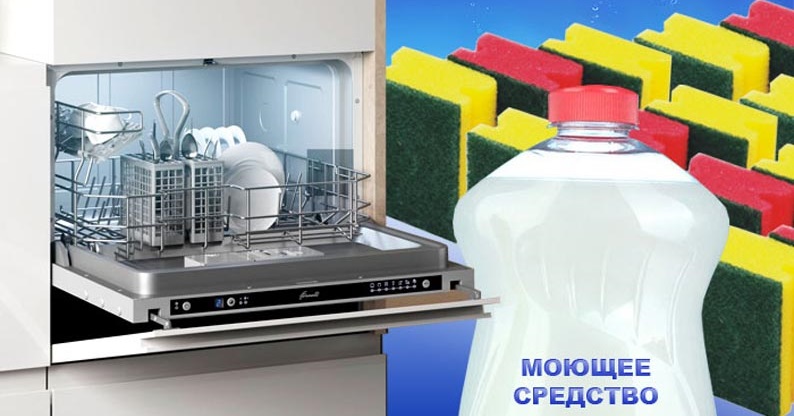Which is more profitable: dishwasher or hand wash?
 Many people argue that although a dishwasher makes life easier, it is extremely unprofitable to use. They justify this by high energy consumption and the high cost of detergents. In their opinion, dishes should be washed by hand.
Many people argue that although a dishwasher makes life easier, it is extremely unprofitable to use. They justify this by high energy consumption and the high cost of detergents. In their opinion, dishes should be washed by hand.
Which is more economical, dishwasher or hand wash? What are the advantages of the first and second options? Is it worth buying a “home assistant” or is it better to do it the old fashioned way? Let's look into the nuances.
Comparison of machine and classical washing methods
Many housewives can no longer imagine their life without a dishwasher. They are ready to pay for extra kilowatts and buy special household chemicals, just so as not to wash dishes by hand. Some, on the contrary, do not want to install a dishwasher, preferring to put kitchen appliances in order in a more familiar way. The main argument of such users is extra costs.
To understand whether it is more profitable to wash dishes, by hand or in the dishwasher, you can make simple calculations. To do this, you need to look at your receipts and see the current tariffs for cold/hot water, sewerage and electricity. The numbers will be different for each region.
For an approximate calculation, let's take the following tariffs:
- Cold water supply 1 cubic meter – $0.5;
- DHW 1 cubic meter – $1;
- Water disposal – $0.4;
- 1 kilowatt – $0.06 during the day, $0.02 after 23.00.
You can see how much water and kilowatts a dishwasher consumes in the equipment instructions.
The user manual indicates the resource consumption of the PMM. Water consumption and kilowatts will differ depending on the selected washing mode. For example, the most “costly” will be the intensive algorithm, the most economical will be the fast program or the “ECO” option.
For the calculation, we take the average consumption of water and electricity. Let's assume that a standard wash is starting. The duration of the mode is 90 minutes. During the execution of this program, the machine consumes 2 kW/h and 25 liters of water.
It is also worth considering the cost of detergent. The cost of one 3 in 1 tablet is $0.2, depending on the manufacturer and package volume. For calculation, let’s take the average figure – $0.1 per capsule.
Total, the cost of one washing cycle (assuming that the machine starts after 23.00, at the night rate):
- detergent – 0.1 $;
- electricity – 3 kW (for an hour and a half of operation) – $0.05;
- water – 0.025 (cub. m.) $0.02.
On average, the cost of one dishwasher cycle is only 19.1 rubles.
Typically, users save dishes and start the machine just at the end of the day. Thus, the PMM is operated approximately 30 times per month. Therefore, the total cost will be about $6.
To calculate water consumption during manual washing, you need to measure the readings on the meters. During the experiment, it was revealed that to clean the same volume of dishes as can be placed in the machine at a time, the following is required:
- 65 liters of cold water;
- 60 liters of hot water.
You should also consider the cost of the detergent. For example, Fairy for $1 lasts on average for a month and a half. This means we’ll add $0.03 to the cost of one hand wash (dish gel + sponge).
So, to wash dishes by hand, you spend:
- Cold water = $0.03.
- Hot water = 0.1 $
- Wastewater = $0.05
- Consumables – $0.03
The total cost of manual washing will be $0.2. This is even more than what a dishwasher spends.Therefore, it is not worth arguing that PMM is a luxury; in fact, the cost of the cycle with it is even lower.
To wash such a volume of dishes by hand, you will have to spend about 30 minutes, not counting the placement of cutlery in its place. The dishwasher will free up this half an hour, giving you the opportunity to do other things, do a workout, or just relax after a hard day at work.
Criticism of the calculation example
When considering which will be more profitable, a dishwasher or a hand wash, you should take into account not only the cost of utilities and detergents. The direct purchase of a PMM, and in the future its maintenance, is also fraught with expenses, and rather considerable ones. On average, the service life of a dishwasher is 10 years.
Before you start saving money with a dishwasher, you need to buy a machine. The range of prices for models is huge. For an example of calculation, let’s take the budget segment PMM, costing $250.
Considering the average service life is 10 years, we divide the purchase costs by the number of days of use of the PMM. We will receive $0.07 per day. In total, the dishwasher will actually spend not $0.2, but $0.26.
We must not forget about depreciation costs. During operation of the machine, individual components and sensors may fail, and rubber seals may wear out. Parts will have to be changed, and these are additional expenses that cannot be calculated in advance.
It should be remembered that not all dishes are suitable for PMM. Therefore, you will need to either replace some of the kitchen appliances (and this is again an expense), or wash individual cutlery manually (in this case, you will have to additionally waste cold and hot water).
You cannot approach benefit calculations one-sidedly.First of all, a dishwasher attracts people precisely because of its convenience. The costs that PMM may generate cannot be predicted. We cannot exclude the possibility of leaks and damaged repairs in the kitchen. It is also quite possible that the unit may break down. All this will lead to additional costs.
Interesting:
Reader comments
- Share your opinion - leave a comment





















Add a comment